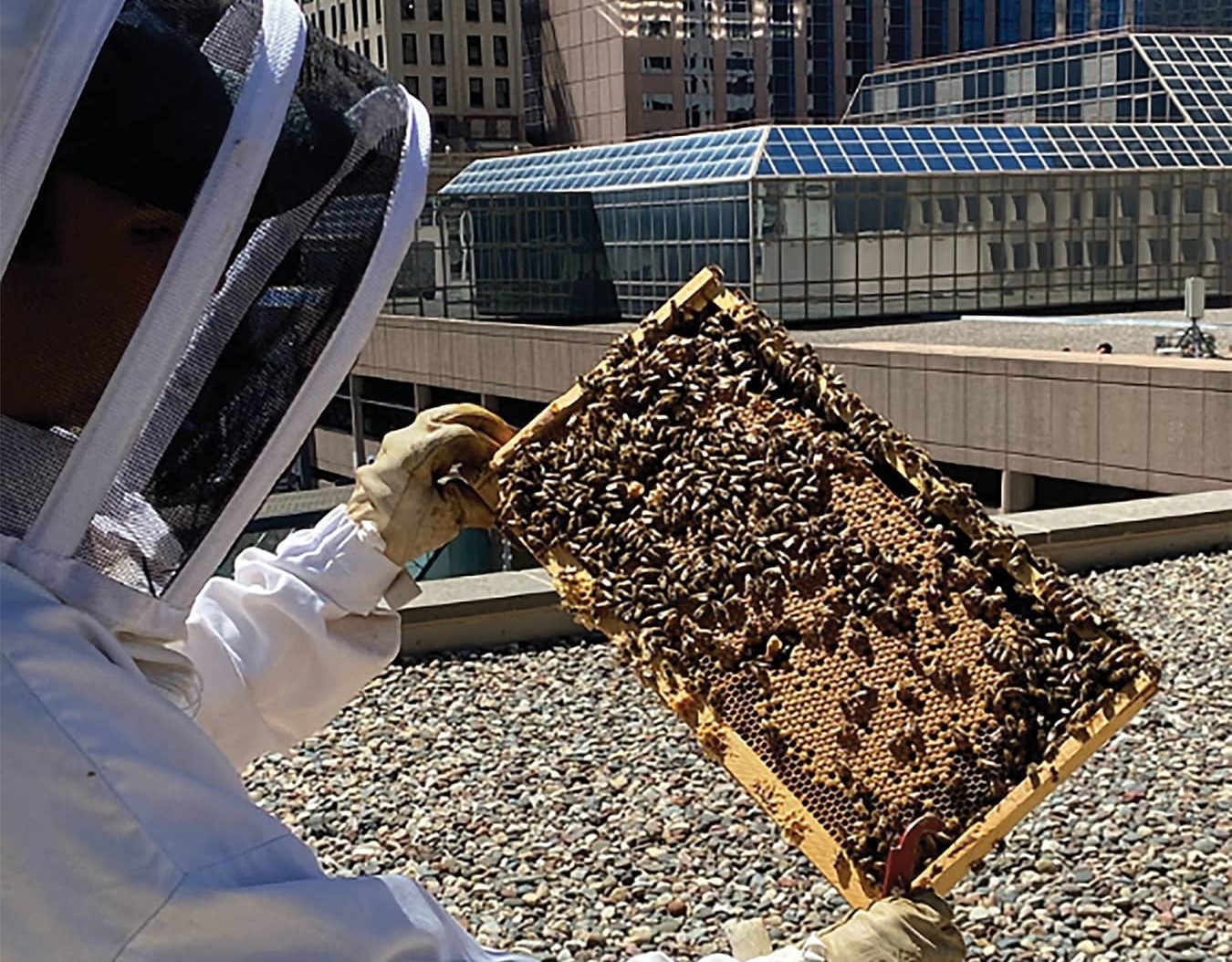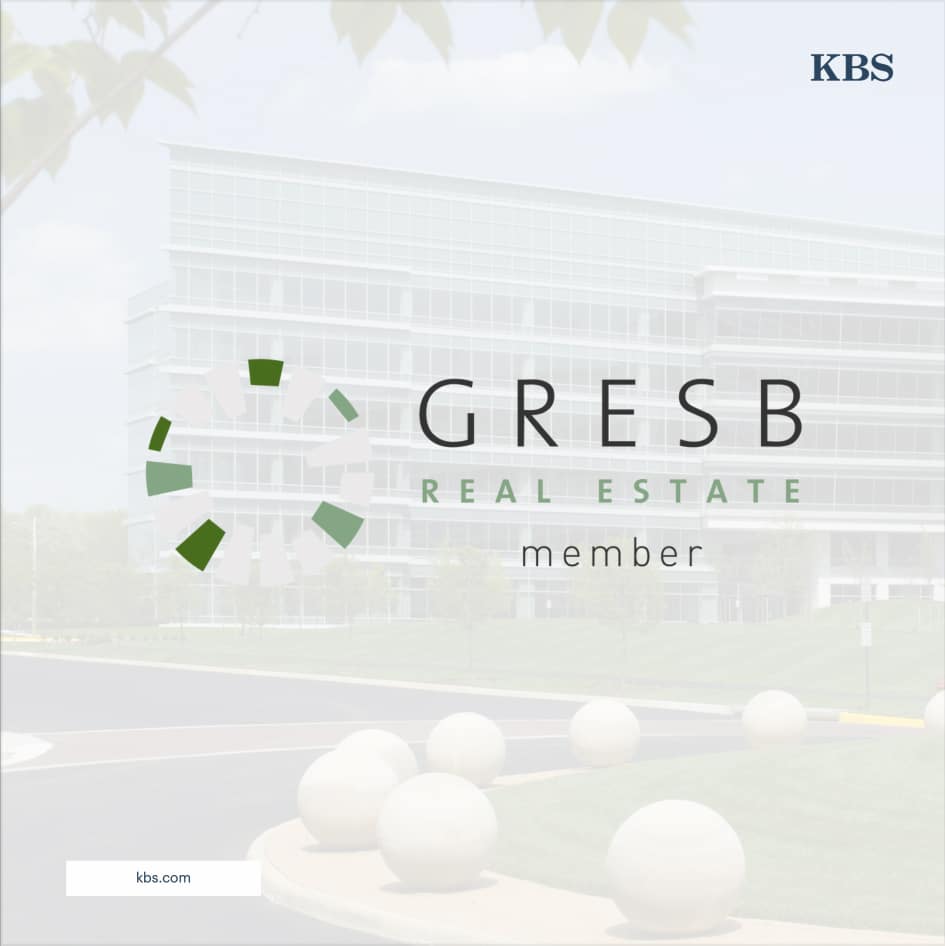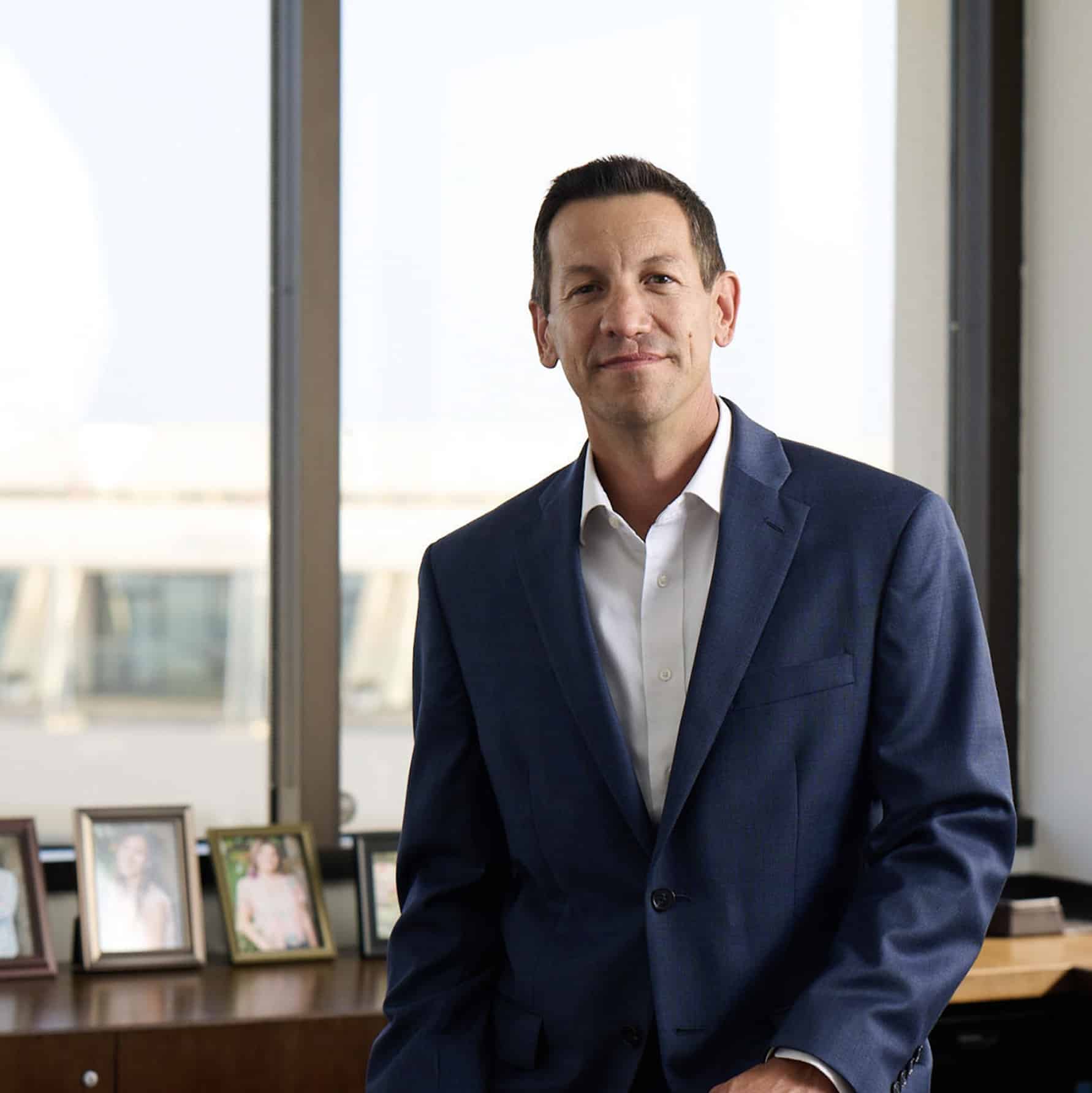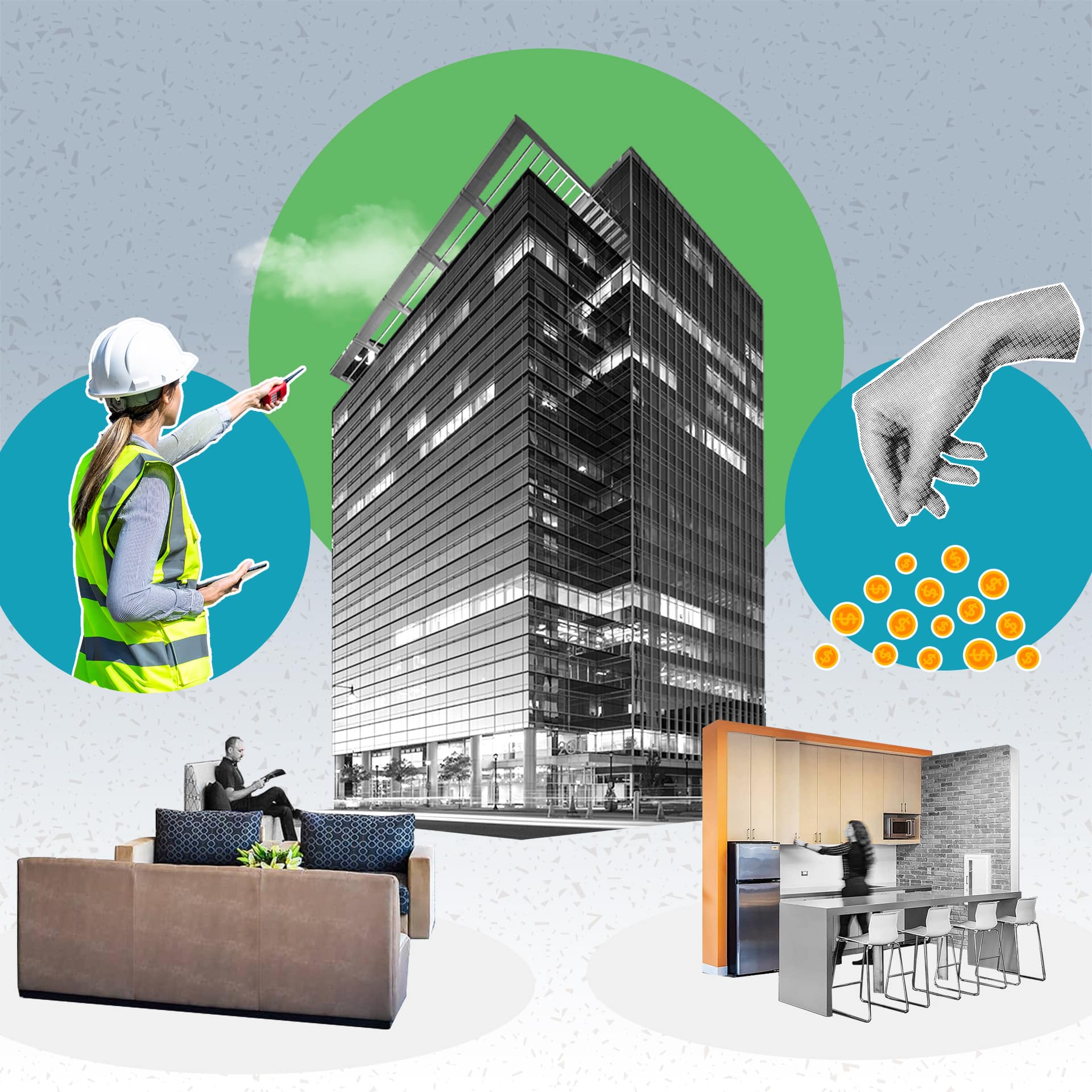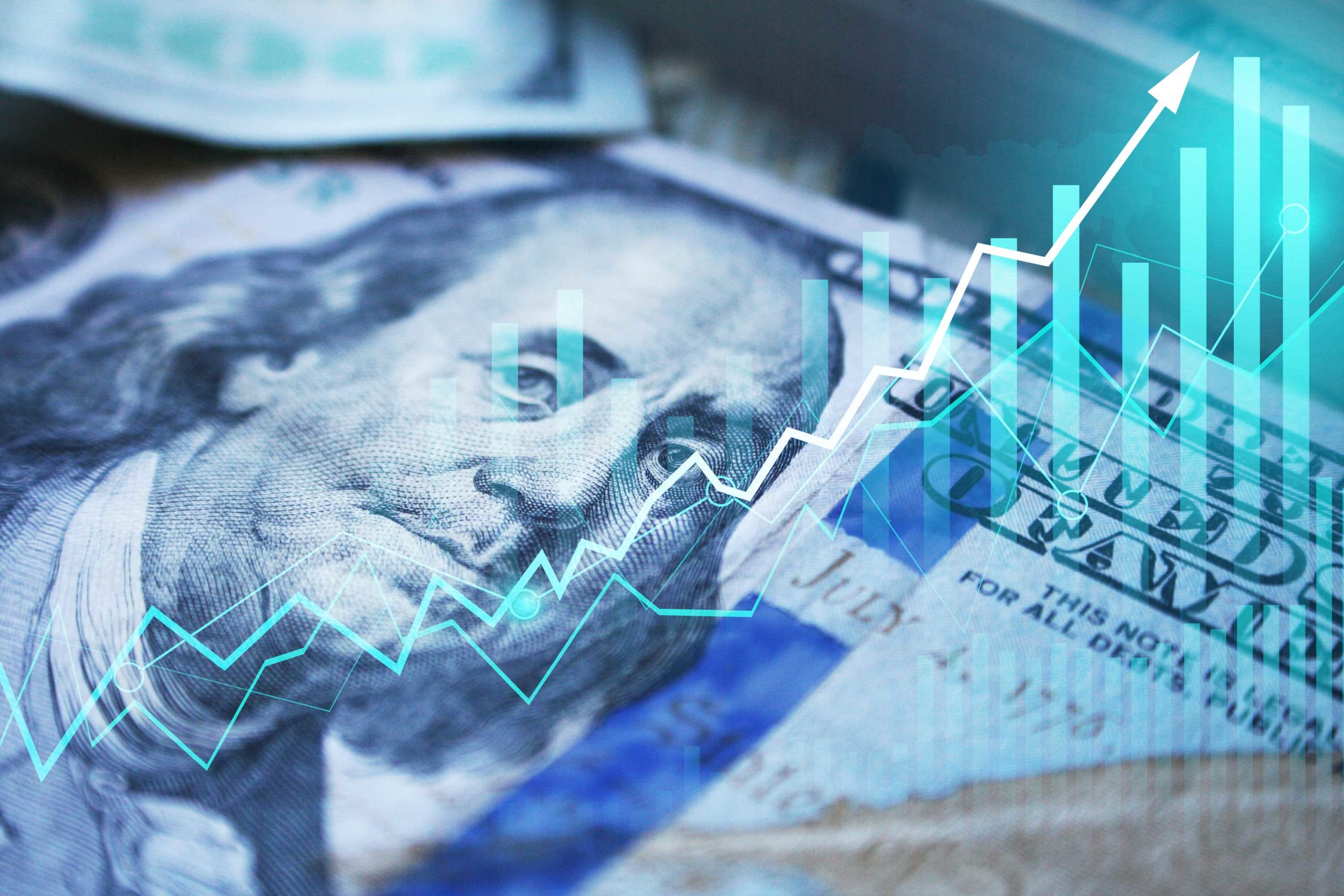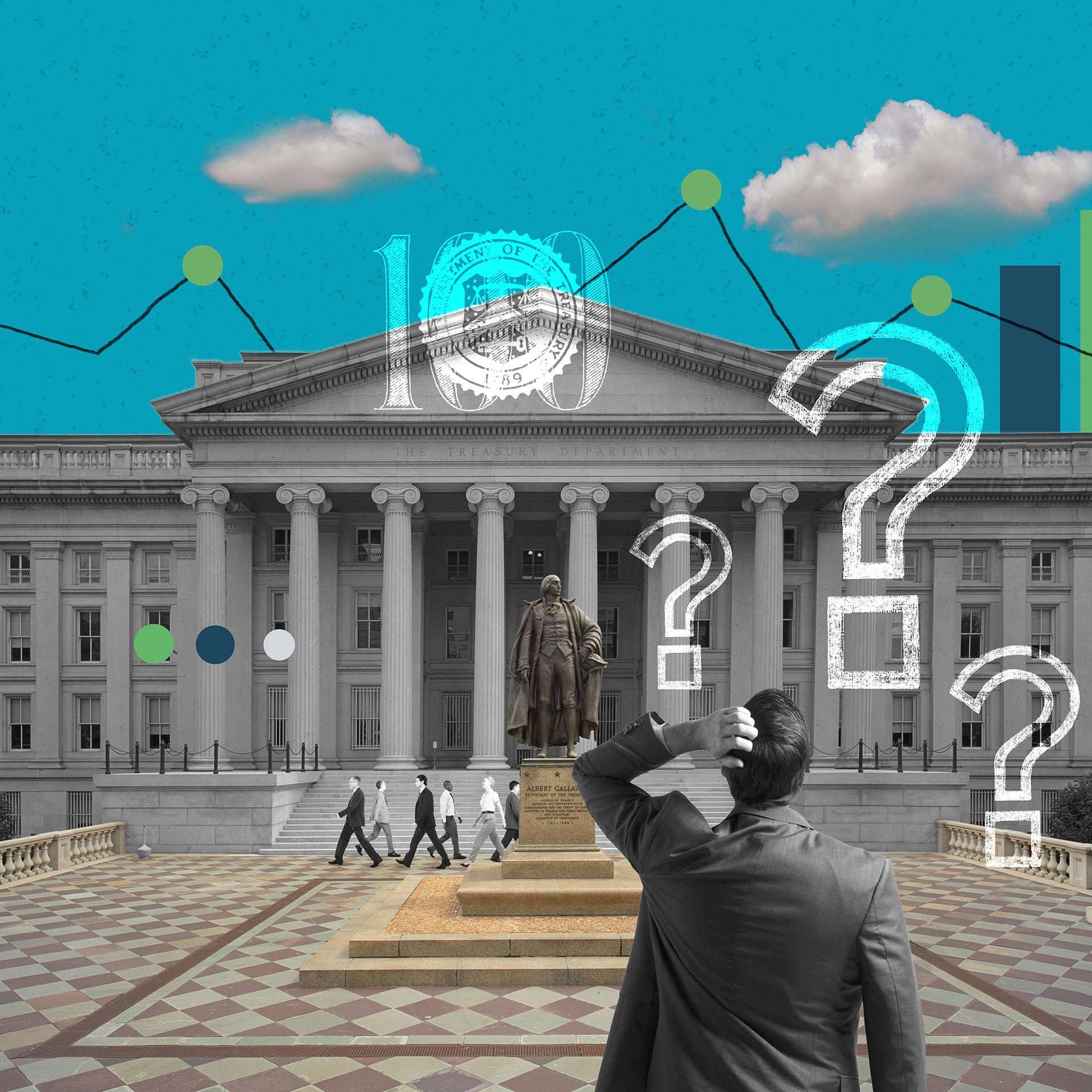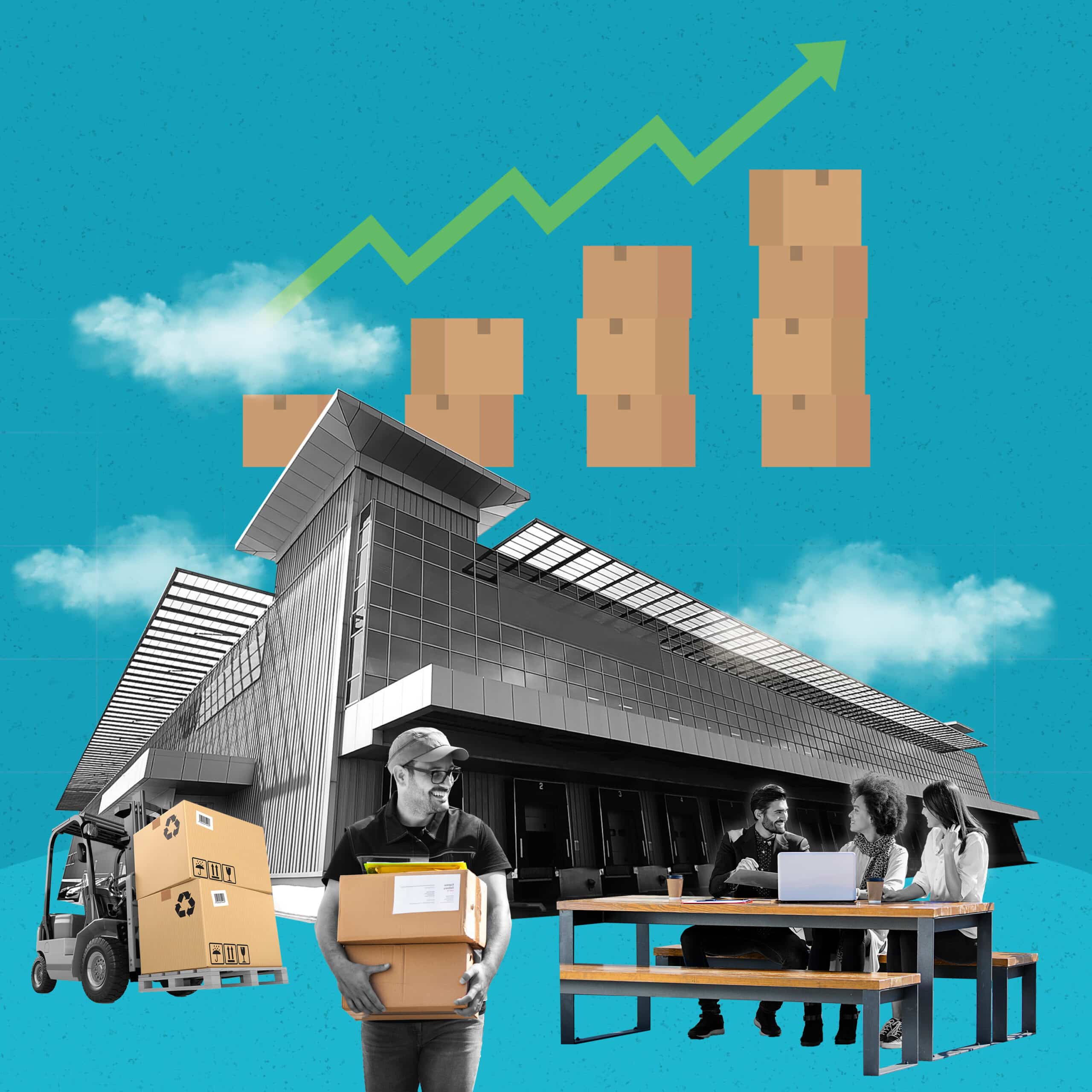Category: Insights
Category: Insights
Converging factors have aligned in the commercial real estate (CRE) industry, initiating a forward shift toward environmental sustainability. The coronavirus pandemic, climate change, the push for social justice and a new influential generation of workers have all played a hand in necessitating sustainable CRE development.
As a corporate priority, companies are now making tangible moves to create value through Environmental, Social and Governance (ESG). But what does it really mean beyond the buzzwords and terminology? In KBS’ three-part series, we’ll take a deep dive into each element of ESG — and its strategic application to the commercial real estate industry (CRE).
Environmental, social, and governance (ESG) are pillars of a company’s standards, priorities, and ideals. ESG has also been defined as a set of criteria investors use to keep their portfolios as socially responsible as possible. The rate in which worldwide investors are screening for ESG commitment when contemplating potential investments is increasing exponentially, and there’s no denying its growing influence on the way in which companies choose to do business.
Owners and investors in Commercial Real Estate (CRE) are working to attract employees back to the office while contending with trends such as hybrid work, competitors who offer work-from-home options, and the Great Resignation. At the same time, employees are hyperaware of their surroundings — with health and safety top of mind.
Technology has clearly changed the way we shop. It’s even largely credited with saving retail brands during the pandemic. Despite the ease and convenience of buying online and through mobile devices, however, Q3 of 2021 saw 87% of consumer sales take place in brick-and-mortar stores.
For many years “maximizing shareholder value” has been a central principle for public companies. Raising share values and increasing dividends for stockholders were paramount. But there has also been a growing push-back and a change in focus towards consumer and employee relationships.
The pandemic fundamentally changed the way the commercial real estate (CRE) community considered investing in the retail sector. As Covid-19 took hold, it appeared like retail was down for the count.
The pandemic has brought a myriad of changes, much of which will have a permanent impression on commercial real estate (CRE). One of the most notable is the shift in consumer behavior and the impact on the environment around us.
Even before the coronavirus pandemic, the retail world was changing. While COVID-19 was instrumental in accelerating that change, a combination of working from home, government stimulus money and an abundance of spare time all combined to spin e-commerce into a maelstrom that’s still powering the upward trajectory of warehouse rates and industrial commercial real estate values.
If the pandemic has taught us anything, it’s that the life sciences have had a tremendous, life-saving impact across the globe. Vaccines and treatments now allow most people to avoid Covid’s worst outcomes — results that would not have been possible without an existing infrastructure replete with life sciences facilities. But Covid is just the latest and most visible concern being tackled.
Industrial Real Estate is currently the best performing commercial real estate (CRE) asset type, touting 44 consecutive quarters of positive net absorption. That’s according to recent forecasts, research articles, reports, and other data and analysis presented over the past couple of months. This spotlights an intriguing success story amid a pandemic that crippled so many businesses and industries.
Inflation is the economic worry of the moment, a headache that could affect commercial real estate over the coming months. But should CRE actually be seen as a hedge against inflation?

